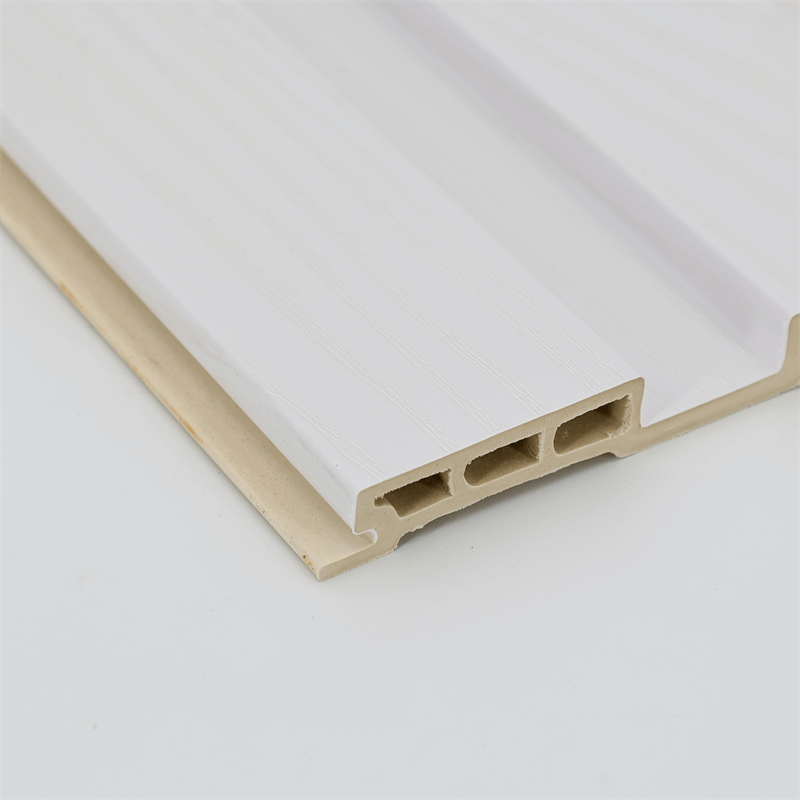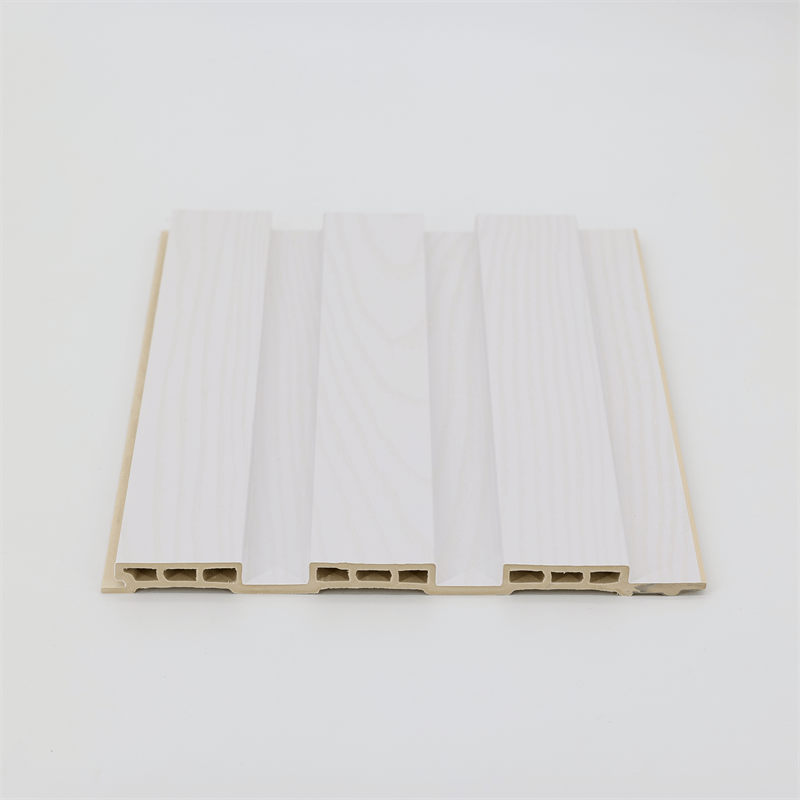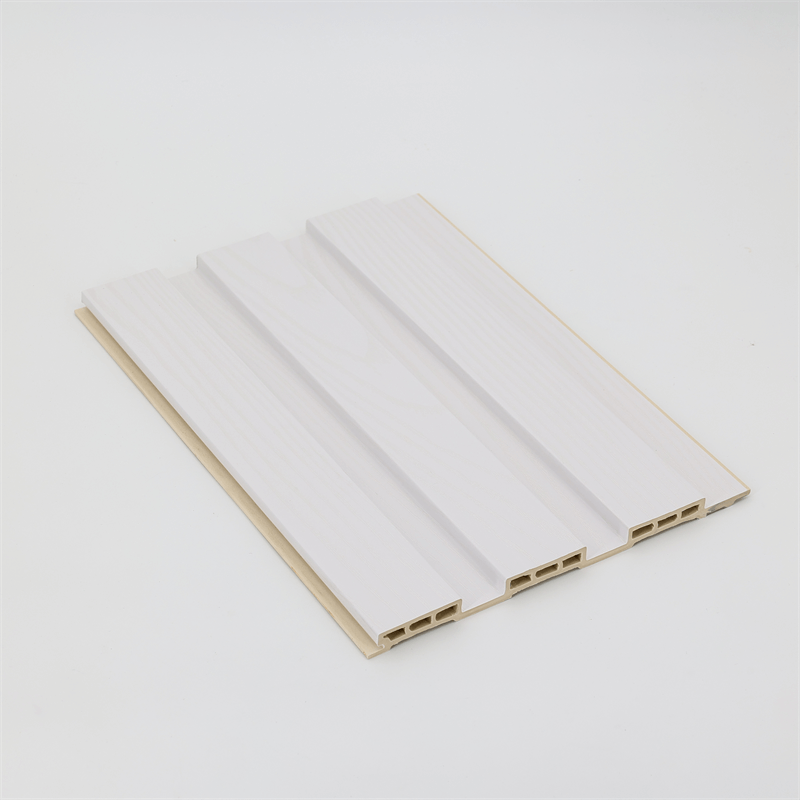When it comes to wall coverings, there are various options available, ranging from traditional materials like paint, wallpaper, and ceramic tiles to more innovative solutions like WPC (Wood Plastic Composite) wall panels. This essay aims to provide a comparative analysis between WPC wall panels and traditional wall coverings, highlighting the advantages and disadvantages of each.
By examining factors such as durability, maintenance requirements, aesthetics, eco-friendliness, and installation ease, we can gain a deeper understanding of the benefits offered by WPC wall panels and how they stack up against traditional alternatives.
I. Durability and Longevity:
One of the key considerations when choosing a wall covering is its durability and longevity.
Traditional wall coverings such as paint and wallpaper may require regular maintenance and are prone to wear and tear over time.
Paint can chip or fade, while wallpaper may peel or get damaged easily.
On the other hand, WPC wall panels are known for their exceptional durability.
Made from a combination of wood fibers and plastic, they offer high resistance to impact, scratches, and moisture.
They are less likely to show signs of wear and can withstand the test of time, making them a long-lasting option for both residential and commercial spaces.
II. Maintenance Requirements:
Maintenance is another factor to consider when comparing WPC wall panels with traditional wall coverings.
Traditional options like paint and wallpaper often require regular cleaning, touch-ups, or even complete replacement in the case of severe damage.
WPC wall panels, however, are low maintenance. They are easy to clean and typically require only occasional wiping with a damp cloth to remove dust or stains.
Unlike paint or wallpaper, WPC panels do not need repainting or reinstallation, saving time and money in the long run.
III. Aesthetics and Customization:
Aesthetics play a vital role in interior design, and wall coverings significantly contribute to the overall visual appeal of a space.
Traditional wall coverings offer a wide range of design options, including various colors, patterns, and textures.
Paint allows for custom color choices and can create a smooth or textured finish. Wallpaper provides endless design possibilities, from intricate patterns to textured surfaces.
WPC wall panels also offer extensive aesthetic options. They come in a range of colors, textures, and finishes, including wood grain patterns that closely resemble natural wood.
Some panels even feature embossed patterns or 3D effects, adding depth and visual interest to the walls. The versatility of WPC panels allows for customization to suit different design preferences and themes.
IV. Eco-Friendliness:
In an era of increasing environmental consciousness, considering the eco-friendliness of wall coverings is essential.
Traditional options like paint and wallpaper often contain chemicals or volatile organic compounds (VOCs) that can contribute to indoor air pollution.
Additionally, wallpaper production may involve cutting down trees and require the use of adhesives with potentially harmful ingredients.
WPC wall panels present a more eco-friendly alternative. They are typically made from recycled materials, including wood fibers and plastic, reducing the reliance on virgin resources.
The manufacturing process of WPC panels also tends to be more energy-efficient compared to the production of traditional wall coverings.
Furthermore, the durability and long lifespan of WPC panels contribute to reduced waste generation.
In conclusion, the comparative analysis between WPC wall panels and traditional wall coverings reveals several advantages offered by WPC panels.
They excel in terms of durability, requiring minimal maintenance and providing long-lasting performance.
The aesthetic versatility and customization options of WPC panels rival those of traditional materials, allowing for a wide range of design possibilities.
Additionally, WPC wall panels demonstrate their eco-friendliness through the use of recycled materials and energy-efficient manufacturing processes.
This aligns with the growing demand for sustainable building materials and environmentally conscious design practices.
While traditional wall coverings still have their merits and appeal, WPC wall panels present a compelling alternative for those seeking enhanced durability, low maintenance requirements, aesthetic flexibility, and eco-friendliness.

As the design and construction industry continues to evolve, WPC panels offer a contemporary solution that combines style, functionality, and sustainability.
In conclusion, the comparative analysis between WPC wall panels and traditional wall coverings clearly demonstrates the many advantages offered by WPC panels.
Their durability, low maintenance requirements, aesthetic versatility, and eco-friendliness make them a compelling choice for both residential and commercial applications.
WPC wall panels provide a long-lasting solution that withstands the test of time, reducing the need for frequent repairs or replacements.
Their low maintenance nature saves time, effort, and resources, making them a practical choice for busy homeowners or commercial spaces.
The aesthetic possibilities of WPC wall panels are vast, offering a wide range of colors, textures, and finishes to suit various design preferences.
Whether aiming for a sleek and modern look or a rustic and natural aesthetic, WPC panels provide customizable options that can transform any space.
Furthermore, the eco-friendliness of WPC wall panels addresses the increasing demand for sustainable building materials.
Made from recycled materials and employing energy-efficient manufacturing processes, WPC panels contribute to environmental conservation efforts and promote a greener future.
While traditional wall coverings still hold their place in the market, the advantages offered by WPC wall panels cannot be ignored.
They combine durability, low maintenance, design flexibility, and eco-friendliness into a single solution that meets the evolving needs of the design and construction industry.
As consumers and professionals seek materials that offer longevity, convenience, and environmental responsibility, WPC wall panels provide a compelling alternative.
Their ability to enhance the aesthetic appeal of spaces while reducing maintenance and environmental impact positions them as a desirable choice for those looking to elevate their interior design projects.
In the ever-changing landscape of interior design and construction, WPC wall panels stand as an innovative and sustainable solution that harmonizes functionality and style.
Whether renovating a home, designing a commercial space, or embarking on a new construction project, considering WPC wall panels as a superior alternative to traditional wall coverings can lead to stunning results and a more sustainable future.


